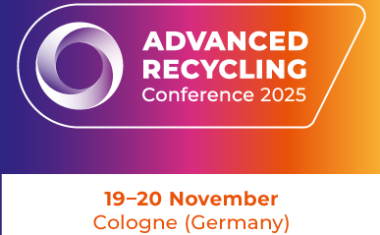Cefic Forecasts Chemicals Economy Growth of 2% in 2014
Driven by rising demand from customer industries, particularly the automotive sector, and some stabilisation in the construction industry, European chemicals output will grow by 2% in 2014, excluding pharmaceuticals, Cefic, the European Chemical Industry Council, said in its biannual forecast.
Production growth is expected to continue in 2015, though the pace is likely to slow to 1.5% as inventory rebuilding tails off.
The return to growth, Cefic said, follows a 0.2% fall in output during 2013 as the industry wrestled with the second part of the double-dip recession seen in some countries. This was less than the 0.5% predicted earlier, but the grouping points out that "Europe's production of chemicals has yet to match the peak achieved in 2008."
Cefic President Kurt Bock said: "We expect a return to growth in output by the European chemical industry this year. However, the recovery is volatile and the pace of expansion is being held back by high energy prices, which put European producers at a severe disadvantage compared to those in North America and the Middle East who benefit in particular from cheaper gas."
Looking at the wider economy, the organizations said European confidence indicators are positive, and purchasing managers' expectations suggest that Europe's industrial recovery is broadening out.














